Zamor was a French revolutionary of Bengali origin who, as a young boy, was sold into slavery in the household of the mistress of Louis XV, the Comtesse du Barry. Later, Zamor was educated by Countess du Barry and became her servant, but he betrayed her to the Committee of Public Safety. He participated in the French Revolution and was imprisoned by the Girondins.
Zamor was born in the town of Chittagong in Bengal. Very little else is known about his earlier childhood. At the age of 11, he was captured by English slave traders, who took him into France by Madagascar and sold him to Louis XV of France. The king gave Zamor as a gift to his mistress, Countess du Barry; he was later christened Louis Benoit.
Countess du Barry was quite fond of the boy and wrote this about him in her memoir:
“At first, I looked upon him as a puppet or plaything, but… I became passionately fond of my little page, nor was the young urchin slow in perceiving the ascendancy he had gained over me, and, in the end… attained an incredible degree of insolence and effrontery. The second object of my regard was Zamor, a young African boy, full of intelligence and mischief; simple and independent in his nature, yet wild as his country. Zamor fancied himself the equal of all he met, scarcely deigning to acknowledge the king himself as his superior.”
The French Revolution brought about change for Zamor and the Countess. Along with another member of du Barry’s domestic staff, Zamor took the side of the revolutionaries and joined the Jacobins. He began to detest the Countess and despised the way she lived so lavishly.
Zamor became an office-bearer in the Committee of Public Safety. Using his influential position, Zamor got the police to arrest the Countess in 1792, on her return from one of her many visits to England.
The Countess was released from jail and found out that the arrest was the handiwork of her page. She gave him three days’ notice to quit her service. Zamor was furious and became more vocal and open in his support to the Revolution. He brought further charges against the Countess, which eventually led to her arrest, trial and execution by guillotine. At the trial, Zamor gave Chittagong as his birthplace.
Soon after the execution of the Countess, Zamor himself was arrested by the Girondins on suspicion of being an accomplice of the Countess and a Jacobin. He was tried and imprisoned.
Zamor spent six weeks in prison before his friends managed to secure his release. He then fled from France, reappearing only in 1815 after the fall of Napoleon. Zamor bought a house in Rue Maître-Albert near the Latin Quarter of Paris and spent a few years as a schoolteacher. Zamor died in poverty on February 7, 1820.
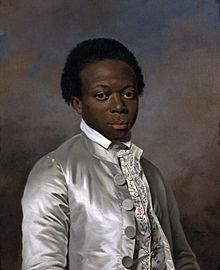
source:

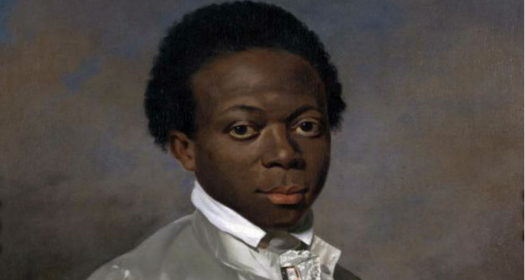




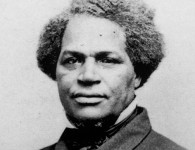







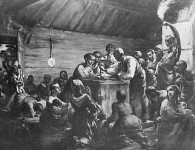



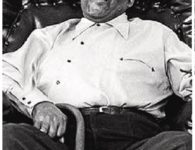

No comments